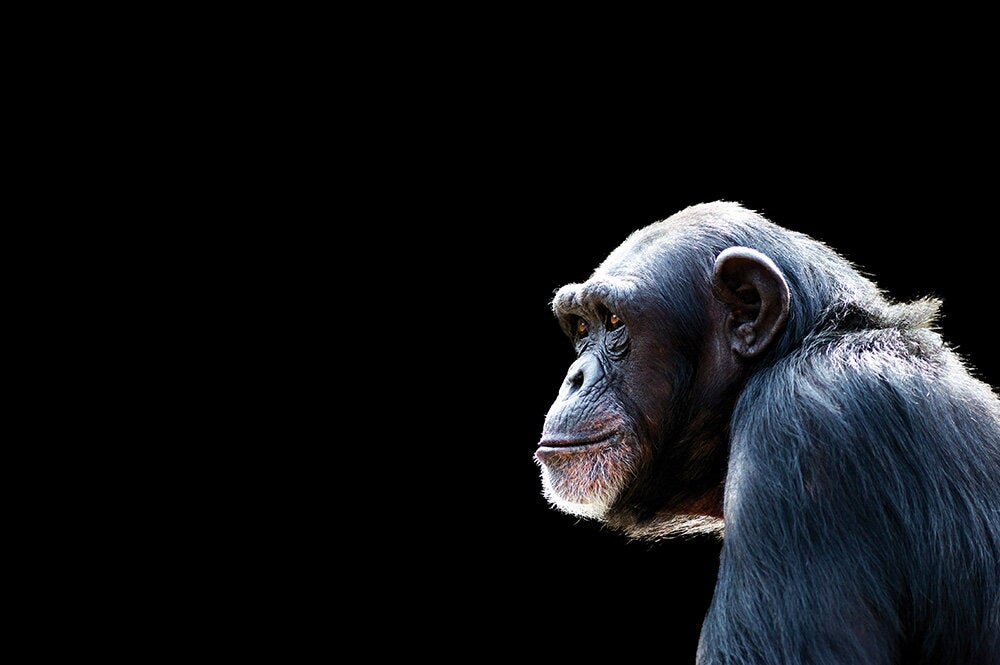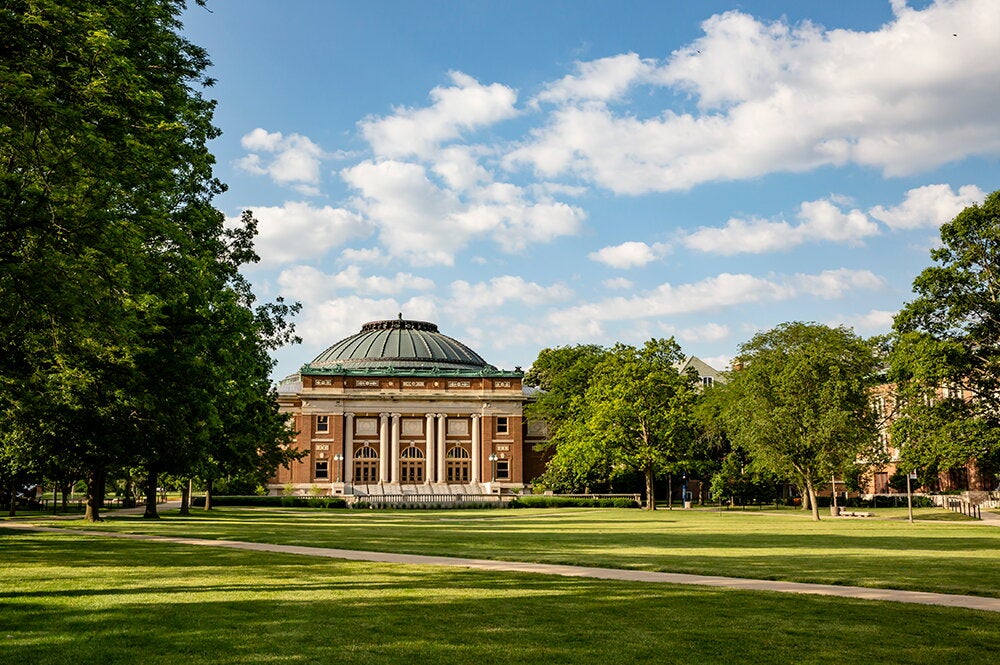

As species go, human ideas for living a long life are such a drag. Watch your cholesterol. Consult a physician. One 105-year-old British woman made news by saying the key was celibacy. All rules that squirrels flaunt shamelessly. To them it’s simple: Climb a tree.
In fact, it’s such a wise move that anthropologists at the U of I have determined that mammals that spend most of their time in the relative safety of trees have evolved longer lifespans than similarly sized mammals living the hard life on the ground. The finding deepened understanding of the link between lifespan and environment.
“One of the predictions of the evolutionary theory of aging is that if you can reduce sources of extrinsic mortality (death from predators, disease, accidents, etc.), you’ll end up exposing some of the late-acting mutations to natural selection, and therefore evolve longer lifespans,” says Scott Williams, who conducted the study with fellow doctoral candidate Milena Shattuck.
Determining the lifespan of wild mammals was key. Most wild animals die before succumbing to old age, and even if you do find one that lived a full life, a squirrel never tells its age. So Williams and Shattuck referred to animal data from zoos and other captivity sites in analyzing 776 species from all major divisions of mammals, and they found a consistent and significant relationship between habitat and longevity.
No word on whether these findings apply to squirrels on college campuses, where they seem to have forgotten trees in favor of potato chips and other handouts, but the researchers found two classes of mammals that run contrary to the others. They are marsupials, such as kangaroos, and primates. Aloft or not, the researchers found no significant difference in longevity among similarly sized members of these groups. Shattuck calls them the exceptions that prove the rule.
“Terrestrial marsupials and primates have descended from arboreal ancestors,” she says.
This includes humans, whose relatively long lives researchers attribute to medicine, social behavior, relatively large size, and what’s described as a prehistoric life among the squirrels that allowed us to evolve safely before we took the plunge to the ground.


